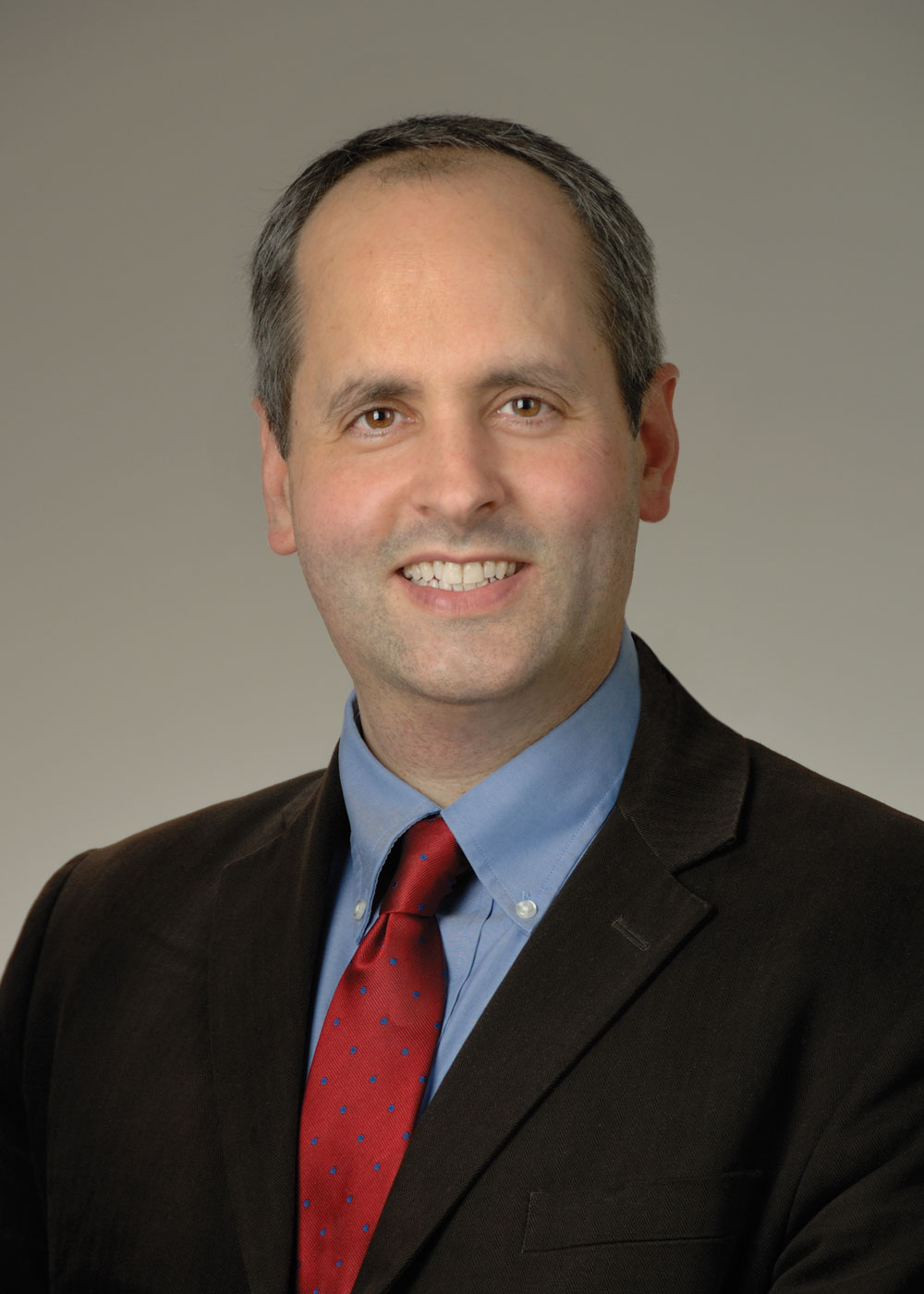This page is historical material reflecting the Feedback Loop Blog as it existed on
October 18, 2013. This page is no longer updated and links to external websites
and some internal pages may not work.
October 18, 2013
Archived: Opening the Shutters
I am pleased to report that NIGMS is back at work. The 16-day lapse in federal appropriations, which shuttered most of NIH and led to the furlough of 98 percent of NIGMS’ staff, ended early yesterday morning when the President signed a bill containing a short-term continuing resolution to fund the Federal Government through January 15. By the time I got to the Institute at 7:45 a.m. that day, many of our staff members were already here, eagerly diving into the piles of work that had accumulated in their absence. I’ve never seen people so glad to be back at their jobs! It was a testament to how dedicated our staff is to promoting the mission of NIGMS.
Although we are all very happy to have resumed operations, I cannot say we have resumed completely normal operations. We have some work to do to recover from the loss of all of the important events that were supposed to happen during the closure. For example, many of the study sections run by the NIH Center for Scientific Review had to be cancelled, presenting a challenge for all of the NIH institutes and centers, as well as for all of the applicants and their institutions. The NIH Office of Extramural Research and the Center for Scientific Review are rapidly developing plans for reviewing the applications that were going to be considered in these study sections. They are also updating relevant application submission deadlines. I strongly encourage everyone to keep informed about what is happening by reading Sally Rockey’s extramural research blog and by checking the NIH Guide for Grants and Contracts, where information about new deadlines and procedures will be posted.
An important piece of news that might have flown by under the radar during the shutdown was that five past and current NIGMS grantees won Nobel Prizes this year: Jim Rothman and Randy Schekman in physiology or medicine for their work on vesicle transport within cells (along with Thomas Südhof, also an NIH-funded investigator); and Martin Karplus, Michael Levitt and Arieh Warshel in chemistry for the development of multiscale molecular simulation methods. Congratulations to all of this year’s laureates! Their studies are shining examples of the importance of the fundamental, investigator-initiated biomedical research that is the essence of our mission.

